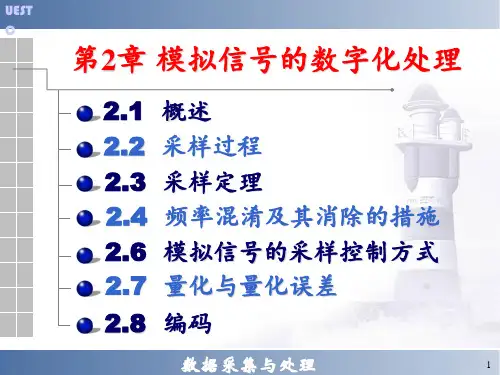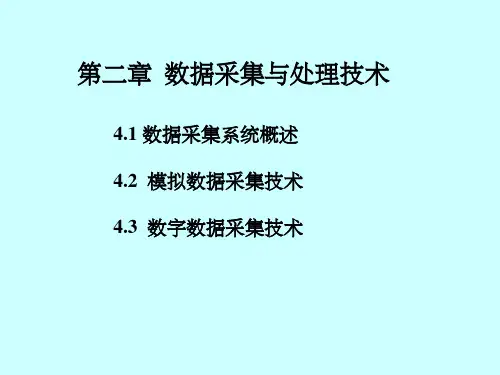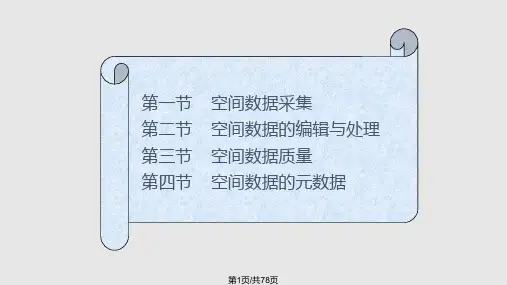By Chloris Miao on 4/11/2009 11
生产流水线的起源
A revoluntionary manufacturing process made it possible for anyone to own a car. Henry Ford, the man who put the world on wheels. 一种革命性的制造程序使几乎每个人都能拥有一辆小汽车。亨利福特给世界装上了轮子。 When it comes to singling out those who have made a difference in all our lives, you cannot overlook Henry Ford. A historian a century from now might well conclude that it was Henry Ford who most influenced all manufacturing. Everywhere, even to this day, by introducing a new way to make cars – one, strange to say, that originated in slaughter-houses. 如果要挑选出那些对我们所有人的生活都产生过影响的人物来,就不能忽略亨利 福特 亨利福特 亨利 福特。从现在起100年后的一位历史学家很可 能会得出这样的结论:对各个地方一切制造业产生影响最大的是福特,甚至直到今天依然如此,因为他开始采用了一种新的制 造汽车的方法——奇怪的是这种方法起源于屠宰场。 Back in the early 1900s, slaughterhouses used what could have been called a “dis-assembly line.” That is. The carcass of a slain steer or a pig was moved past various meat-cutters, each of whom cut off only a certain portion. Ford reversed this process to see if it would speed up production of a part of an automobile engine called a magneto. Rather than have each worker completely assemble a magneto, one of its elements was placed on a conveyer, and each worker, as it passed, added another component to it. The same one each time. Professor David Hounshell, of The University of Delaware , an expert on industrial development tells what happened: 在本世纪初,屠宰场所使用的可以称为“拆卸线”,即将一头宰好的牛体或猪体从很多切肉工人面前移动经过,每一个切肉工 人只割下特定的某个部分。福特将这一过程颠倒过来,试试是否会加速汽车上一个叫做磁石发电机的部件的生产。不让每个工 人组装一台完整的磁石发电机,而是将发电机的一个部件放在传送带上,在它经过时,每个工人都给它添装上一个部件,每次 都装配同样的一个部件。特拉华大学教授戴维亨谢尔是工业发展专家,他谈起当时的情况: “The previous day, workers carrying out the entire process had averaged one assembly every 20 minutes. But on that day, on the line, the assembly team averaged one every 13 minutes and 10 seconds per person.” “前一天,完成整个组装过程的工人,平均每人每20分钟组装一台磁石发电机。可是那一天,在这条装配线上的装配组,每人平 均每13分10秒钟就组装一台。” By Chloris Miao on 4/11/2009 12










